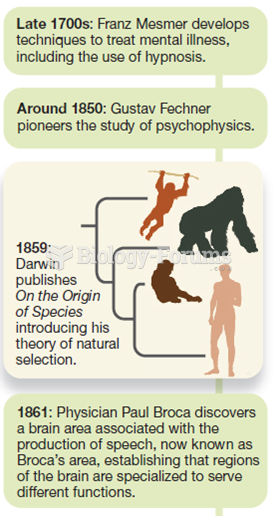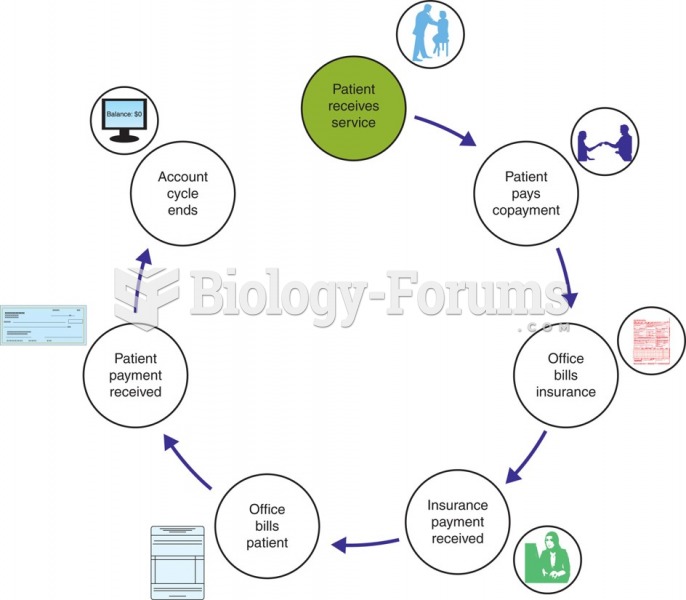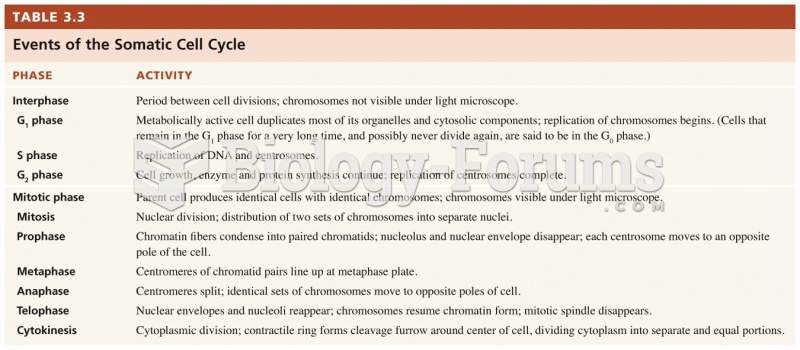Question 1
In 1836, an attack by Mexican forces on the Alamo mission
A. led Americans in Texas to proclaim their independence from Mexico.
B. began the Mexican War.
C. was a surprising victory for American forces in Texas.
D. saw the American garrison executed after it had surrendered.
E. saw the death of Davy Crockett.
Question 2
In the 1820s and 1830s, the government of Mexico
A. remained noncommittal about American immigration into Texas.
B. consistently favored American immigration into Texas.
C. moved from favoring to opposing American immigration into Texas.
D. moved from opposing to favoring American immigration into Texas.
E. consistently opposed American immigration into Texas.
Question 3
In the 1820s, most of the settlers from the United States who migrated to Texas were
A. white southerners and their slaves.
B. white northerners.
C. recently-arrived European immigrants.
D. whites from the Far West.
E. free blacks.
Question 4
In the 1840s, critics of territorial expansion by the United States
A. All these answers are correct.
B. found their greatest support in the penny press.
C. warned it would increase the controversy over slavery.
D. enjoyed considerable political support.
E. warned that further expansion would cause rifts with Indian tribes.
Question 5
Within the ideology of Manifest Destiny were all the following beliefs EXCEPT that
A. the United States was destined by God and history to expand in size.
B. the United States should create a vast new empire of liberty.
C. U.S. expansion was acceptable so long as it stayed out of Mexico and Canada.
D. None of these answers is correct, as all of these were beliefs encompassed by the ideology of Manifest Destiny.
E. the growth of the United States should ultimately include much of the rest of the world.
Question 6
The events depicted in Uncle Tom's Cabin were taken from news accounts.
Indicate whether the statement is true or false.







